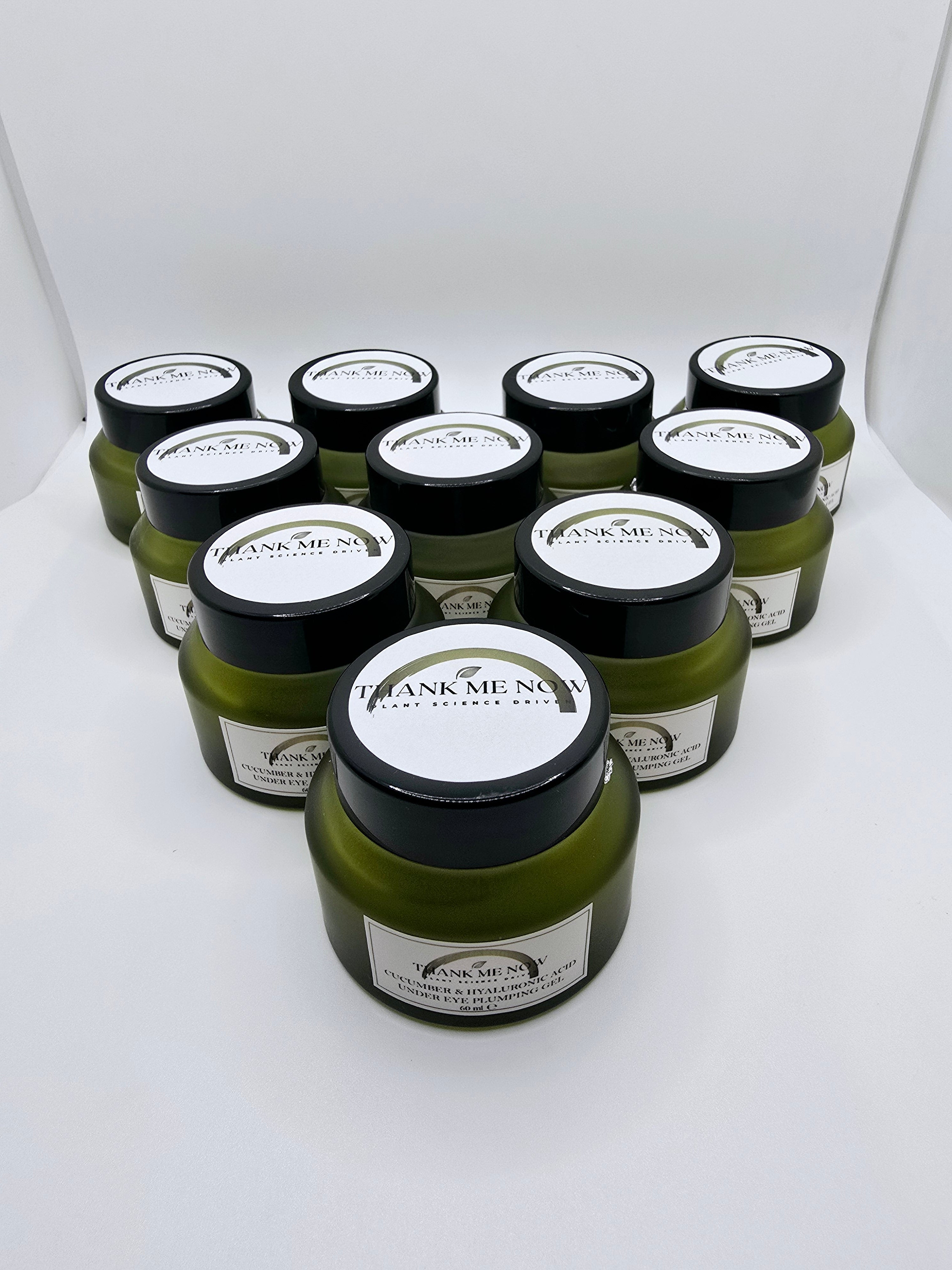
Retinol – Benefits, Side Effects & Uses ✨
Ever wondered how celebrities and dermatologists keep their skin looking firm, clear, and youthful? The secret often lies in retinol — one of skincare’s most researched and powerful ingredients. 🌙 Retinol helps improve fine lines, uneven texture, and dullness by speeding up cell turnover and stimulating collagen production. With consistent use, your skin can look smoother, brighter, and rejuvenated. Ready to unlock your best skin yet? Let’s explore! 💫
What is Retinol?
Retinol is a fat-soluble form of vitamin A that converts into retinoic acid once applied to the skin. This active form binds to receptors in the skin to boost renewal, stimulate collagen and elastin, and improve overall smoothness and tone. Unlike stronger prescription retinoids, retinol is available over-the-counter and is well-tolerated when introduced gradually. Learn more from DermNet NZ.
Key Benefits 🌿
- Reduces Fine Lines & Wrinkles – Boosts collagen production for firmer, more elastic skin (PubMed)
- Improves Skin Texture – Promotes smoother, more refined skin surface.
- Treats Acne – Helps unclog pores, reduces inflammation, and prevents new breakouts (Healthline)
- Evens Skin Tone – Fades dark spots and hyperpigmentation, creating a balanced glow
- Photodamage Repair – Aids in reversing visible sun damage and photoaging effects
Side Effects ⚠️
While effective, retinol may cause mild irritation when first introduced. Common side effects include dryness, redness, and flaking — especially if used too often or in high concentrations. These effects are normal and can be managed easily with good skincare habits.
- Dryness and peeling (especially in the first 2–4 weeks)
- Temporary redness or irritation
- Increased sun sensitivity — always use SPF
Start with a low percentage and apply only at night. Follow with a rich moisturizer and use a sunscreen daily to protect your progress. 🧴
How to Use Retinol in Your Skincare Routine 🌙
- Start Slowly – Use 1–2 nights per week and increase as your skin adjusts.
- Apply After Cleansing – On dry skin for optimal absorption.
- Moisturize – Follow with a nourishing moisturizer like our Hydration serums & Cream to reduce irritation.
- Use Sunscreen – Retinol increases sun sensitivity, so SPF is non-negotiable.
- Avoid Mixing – Separate from strong actives like AHAs, BHAs, or Vitamin C to minimize irritation.
Beginner Tips 💡
- Introduce retinol gradually — patience leads to results.
- Buffer with moisturizer if your skin is sensitive.
- Stay consistent — visible improvements appear in 8–12 weeks.
- If irritation persists, scale back or consult a dermatologist.
References 🔗
- A Clinical Anti-Ageing Comparative Study of 0.3 and 0.5% Retinol – PubMed
- Topical Retinoids – DermNet NZ
- What Is Retinol and How It Works – Healthline
Related Guides 🌸
- Niacinamide – Benefits and Uses
- Vitamin C – Brightening Your Skin
- How to Layer Niacinamide & Retinol Without Irritation
- How to Transition to Retinol Safely
💬 Want to learn more about pairing ingredients safely? Visit our Skincare Blog for expert advice and product recommendations — or explore our Unisex Skincare Collection to find your next essential. 🌿
Share
